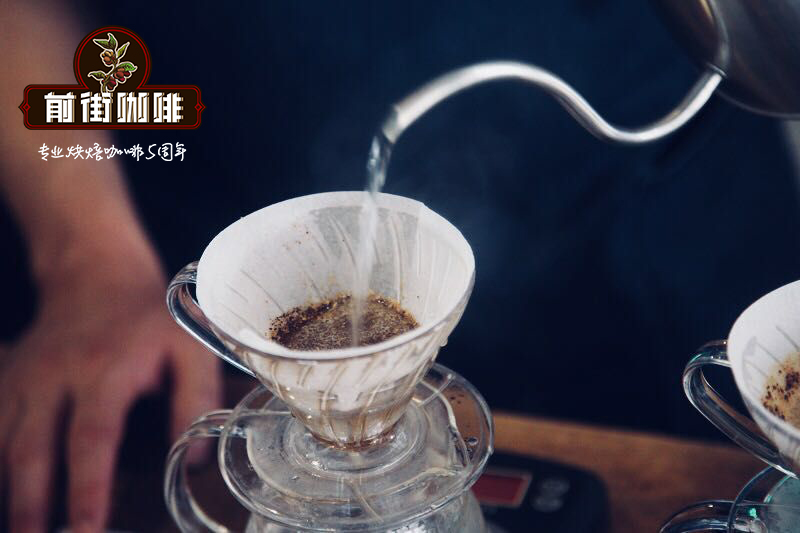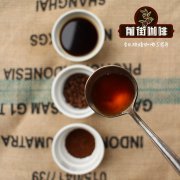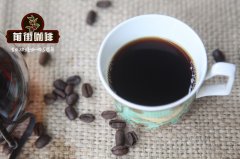Kenya AA | introduction to Longyedo Cooperative in Kirin Yajia producing area (Kirinyaga)

Kenya Kirin Yaga (Kirinyaga) Longyedo Cooperative
Altitude: 1700-2000 m
Varieties: SL28, SL34
Treatment: washing
Flavor: raisin, blackcurrant, blueberry, vanilla, fruit juice taste.
The Longyedo Farmers' Cooperative (Rungeto Farmers Co-operative Society) is located on the southern slope of Mount Kenya and has three washing plants. Rungeto FCS Ltd was founded in 1996 and broke away from the Ngariama FCS Farmers' Cooperative. Coffee cultivation began in 1952, and the three current washing plants were all established in the Ngariama Society era, the first was the Kii washing plant (1965), then the Karimikui (1968), and finally the Kiangoi (1995). Longyedo's main production season is October and November every year, and after it is processed, it will be ready for sale in January of the following year. Another harvest season is the early harvest season, which is harvested in May and June and shelled in August, with a quantity of only 10% of the total yield. The average annual rainfall is 1300-1800mm, and the rainy season is divided into two periods: long and short. The long rainy season rainfall in the main producing season is quite sufficient, starting in March and ending in June every year. The short rainy season rainfall in the early harvest season is unstable, starting in October and ending in December. The main flowering season is in April and the secondary flowering season is in October. After the cherries of Longyedo are harvested, they will be sent to the washing plant on the same day, and will be screened before processing. The red ripe cherries are separated from immature and overripe cherries from foreign bodies, and pure river water is used for treatment. Recycle before finally entering the leakage trough. After drying in the sun, it will be sent to the dry treatment plant to remove the shell.
Important Notice :
前街咖啡 FrontStreet Coffee has moved to new addredd:
FrontStreet Coffee Address: 315,Donghua East Road,GuangZhou
Tel:020 38364473
- Prev

Costa Rican Variety Garden Divisa Manor introduces what is the treatment of tanning wine.
Producing area: Bioley planting altitude: 1200-1350m varieties: Laurina Punted, Liberica, Murta soil types: volcanic soil classification standard: SHB treatment method: sun wine aroma treatment method harvesting method: manual harvest manor established: 2003 acreage: 18 hectares manor size: 153ha annual average temperature / rainfall: 20 ℃ / 2500 mm Divisa
- Next

Introduction to the characteristics of sun-drying flavor of French missionary coffee in Chania Manor, Kenya
Kenyan Chagna Manor French missionary altitude: 1900 meters above sea level: French missionary treatment: exquisite sun flavor: in addition to thick chocolate, it also has obvious sun fruit flavor, and the coffee is mellow and rich. Charming berry red wine aroma of maltose, rich and mellow finish. In 1892 French missionaries brought bourbon coffee to Kenya for cultivation.
Related
- Detailed explanation of Jadeite planting Land in Panamanian Jadeite Manor introduction to the grading system of Jadeite competitive bidding, Red bid, Green bid and Rose Summer
- Story of Coffee planting in Brenka region of Costa Rica Stonehenge Manor anaerobic heavy honey treatment of flavor mouth
- What's on the barrel of Blue Mountain Coffee beans?
- Can American coffee also pull flowers? How to use hot American style to pull out a good-looking pattern?
- Can you make a cold extract with coffee beans? What is the right proportion for cold-extracted coffee formula?
- Indonesian PWN Gold Mandrine Coffee Origin Features Flavor How to Chong? Mandolin coffee is American.
- A brief introduction to the flavor characteristics of Brazilian yellow bourbon coffee beans
- What is the effect of different water quality on the flavor of cold-extracted coffee? What kind of water is best for brewing coffee?
- Why do you think of Rose Summer whenever you mention Panamanian coffee?
- Introduction to the characteristics of authentic blue mountain coffee bean producing areas? What is the CIB Coffee Authority in Jamaica?

